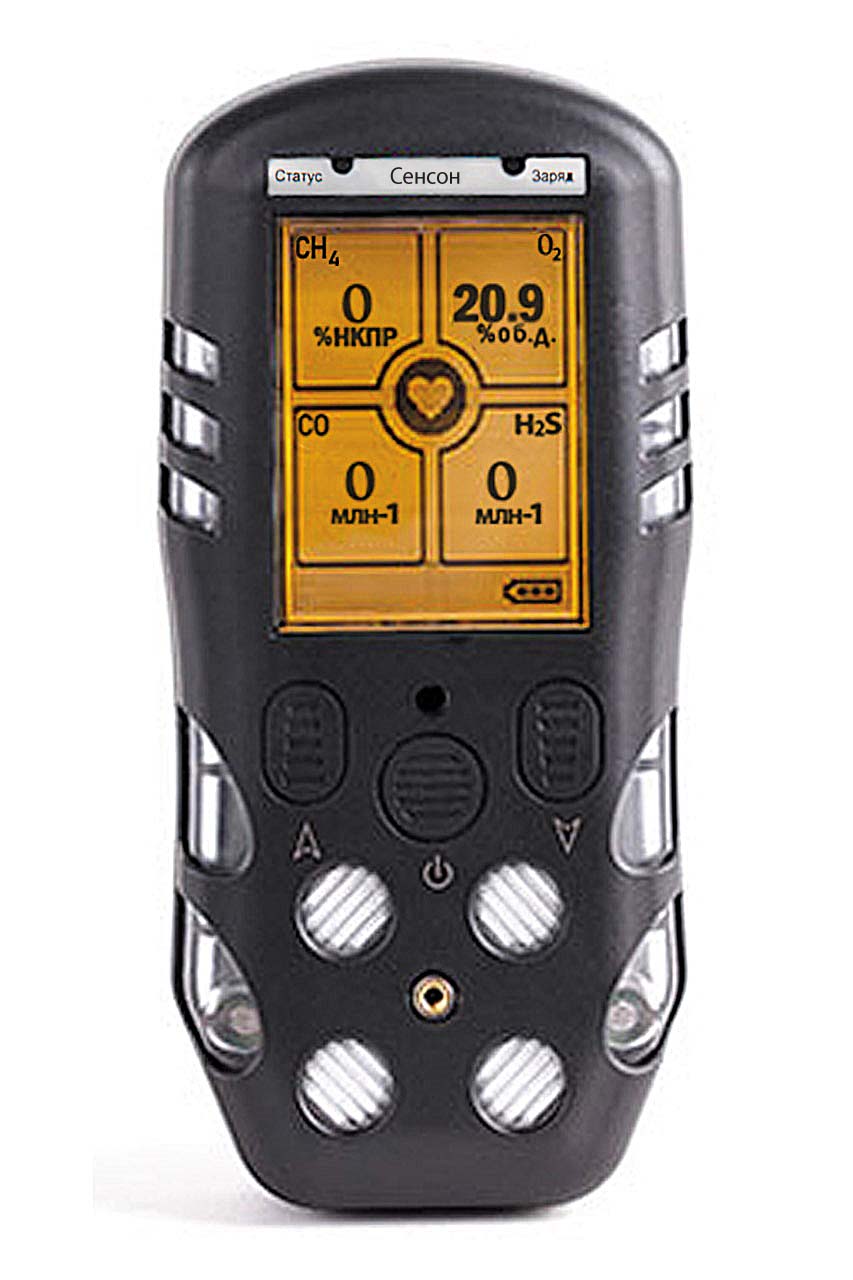They monitor gases concerned in production, combustion, and chemical reactions. Healthcare: In medical settings, gas analyzers are used to measure the focus of gases in breath, blood, and other bodily fluids. For example, they can be used to watch oxygen and carbon dioxide ranges in patient breath or blood gas evaluation. Carbon Dioxide Ranges (pCO2):The partial stress of carbon dioxide (pCO2) measurement provides data concerning the body’s ability to remove carbon dioxide by way of respiration. Abnormal pCO2 levels can point out respiratory issues, equivalent to hypoventilation or hyperventilation, and help in adjusting ventilation methods accordingly. Cl-).Electrolyte imbalances can influence nerve and газоанализаторы muscle function, fluid balance, and cardiac rhythms.Fast detection of those imbalances allows well timed intervention to forestall severe complications.

Lactate Levels:Some blood gas analyzers can even measure lactate levels, which are elevated in circumstances akin to sepsis, shock, or tissue hypoxia.Monitoring lactate helps determine patients vulnerable to organ failure and guides treatment strategies. Benchtop Blood Gas Analyzers:Benchtop blood gas analyzers are larger, excessive-efficiency instruments primarily present in clinical laboratories and hospitals. These analyzers offer an extensive range of testing parameters, including pH, pO2, pCO2, electrolytes, and extra. Benchtop analyzers usually come outfitted with automated options for pattern dealing with, mixing, and calibration, allowing for prime-throughput testing. They are portable and generally used for personal security monitoring. Photoionization Detectors (PIDs): PIDs use ultraviolet mild to ionize fuel molecules, permitting for the detection of unstable organic compounds (VOCs) and other gases. They’re widely utilized in industrial hygiene and environmental monitoring. Fuel Chromatography (GC) Analyzers: GC analyzers separate gases in a pattern using a column after which detect and quantify the separated parts. They are extremely versatile and may analyze a variety of gases. Understanding the working ideas of gas analyzers is essential for choosing the suitable instrument for a specific application. Common working ideas include absorption of specific wavelengths of mild, ionization of fuel molecules, and separation of gas parts based mostly on their physical and chemical properties. Fuel analyzers play a crucial role in sustaining safety and optimizing processes in numerous industries. Correct choice and utilization of these instruments guarantee accurate and reliable measurements, leading to improved air high quality, enhanced office safety, and efficient industrial operations.
Electrochemical measuring cells are comparatively cheap and require no supply voltage. Disadvantages are the relatively brief lifetime at too excessive oxygen concentrations, and a relatively lengthy response time or measurement time. In addition, a frequent calibration of the gas analyzer is necessary. With paramagnetic measuring cells, a long-time period stable measuring signal with lengthy calibration intervals could be achieved. Since it’s a bodily measurement principle, the cells have a long service life. Analyzing air pollution is the first step toward preserving a clear atmospheric setting. FUJI developed the primary infrared gas analyzer in Japan to make use of mass-flow sensors. Since then, we have equipped prospects with varied varieties of gasoline analyzers to support environmental preservation and control efforts. These efforts include measurements of atmospheric pollution and detection of low density of SOx and NOx, generated by incinerating services and boilers. FUJI’s gas analyzers are widely used to monitor the atmosphere to assist maintain a cleaner pure setting.
